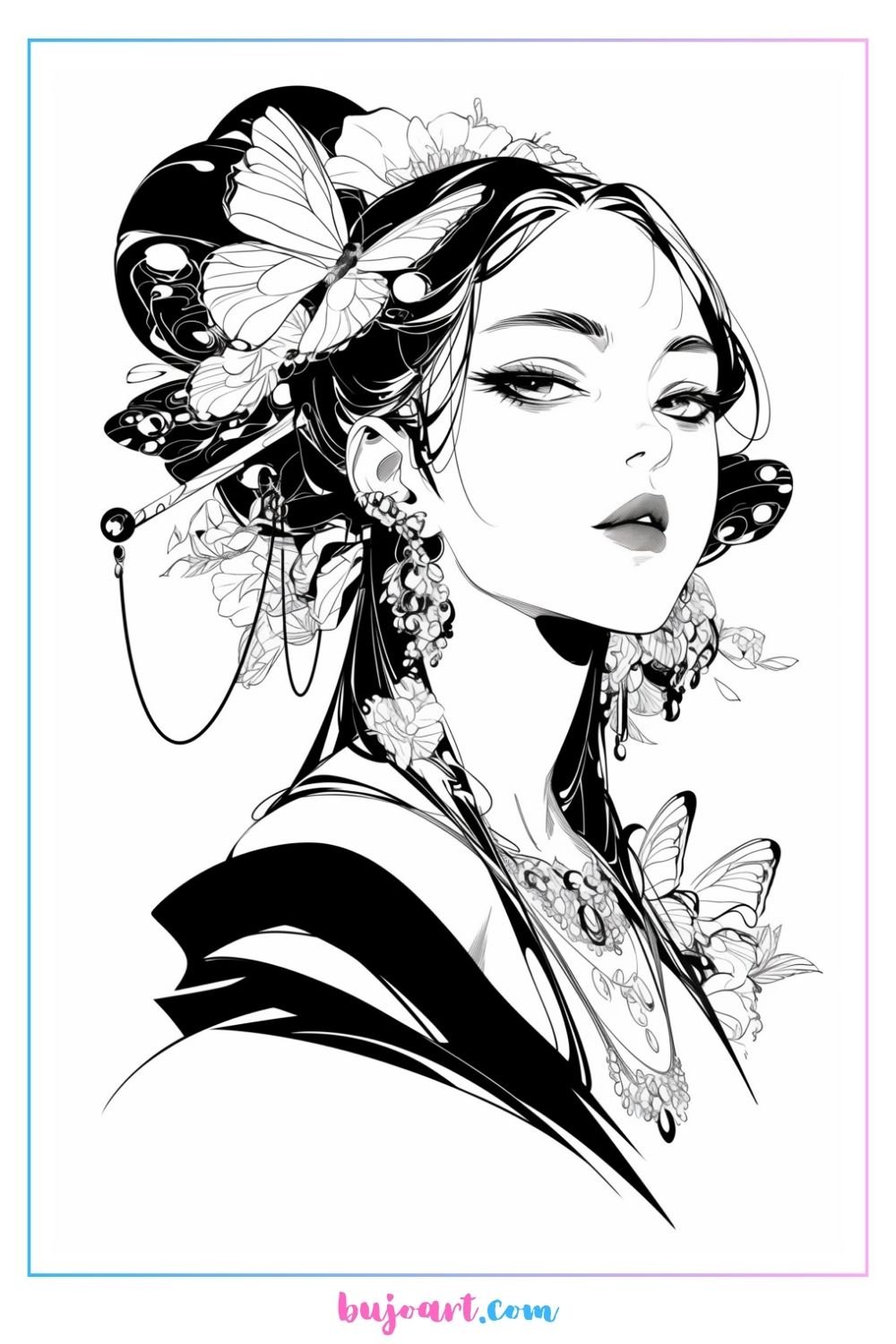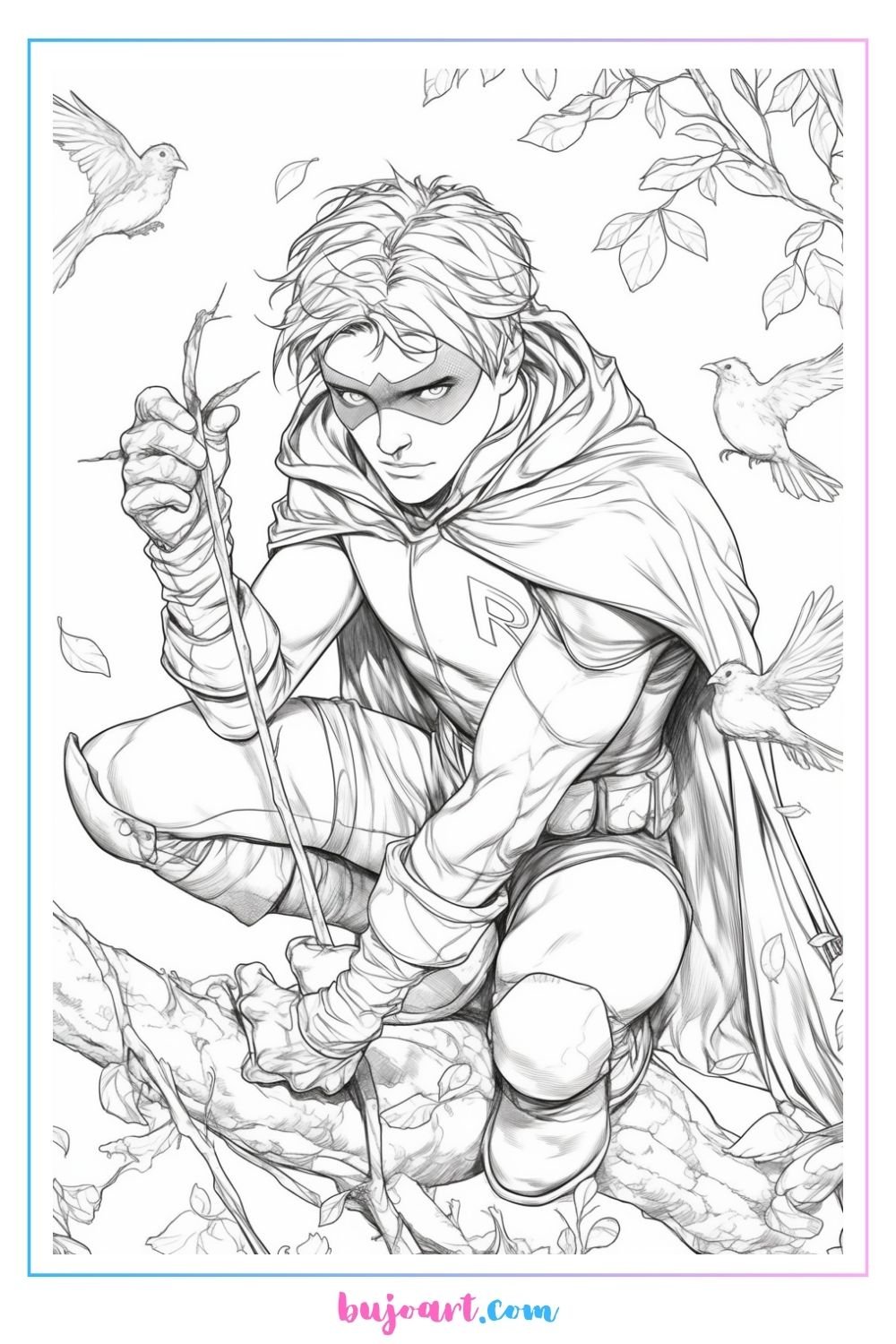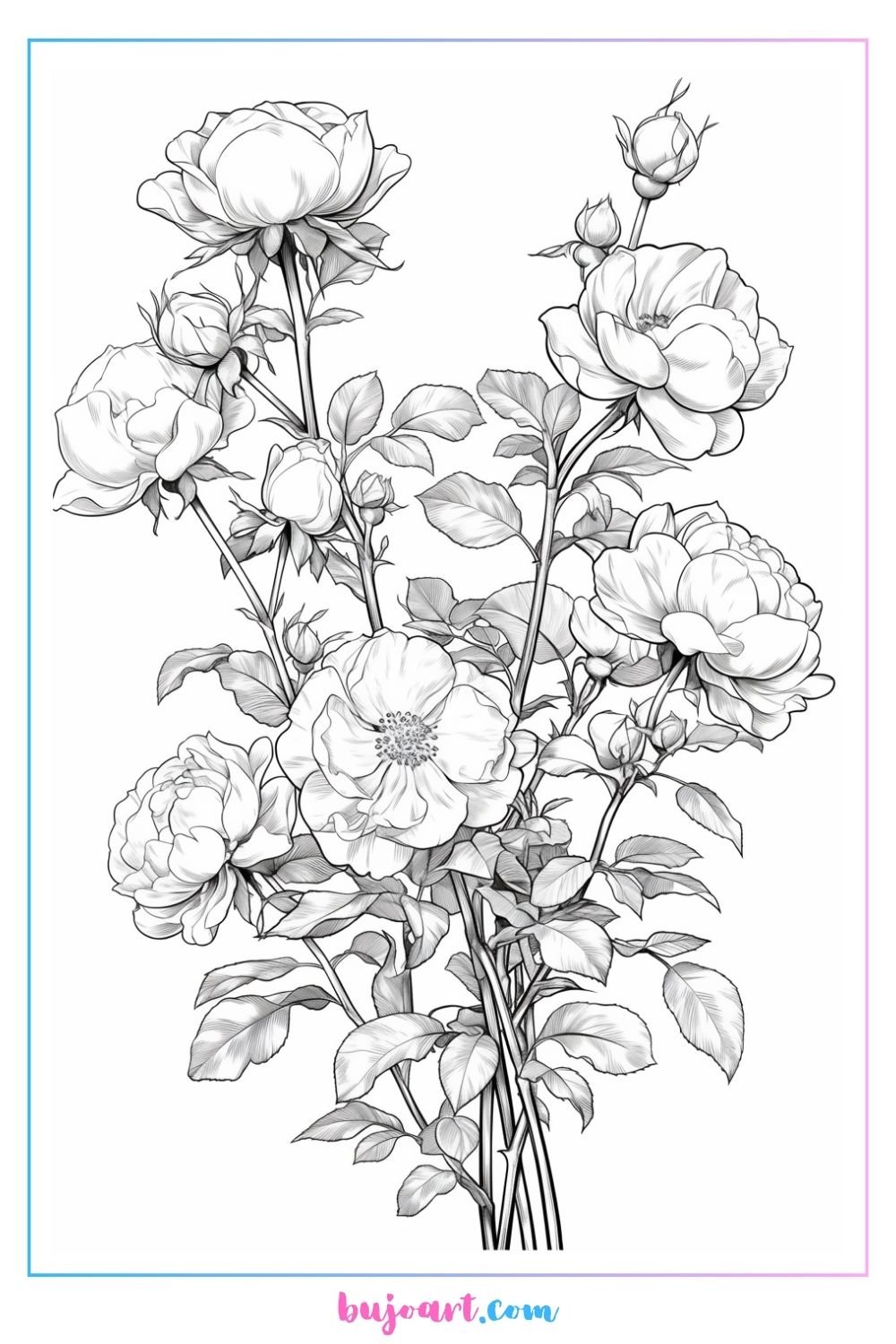As an artist, one of the most essential skills to possess is the ability to accurately draw facial features. The nose, in particular, plays a crucial role in capturing the likeness and expression of a subject. Whether you’re a beginner or an experienced artist looking to refine your skills, this step-by-step guide will provide you with the knowledge and techniques needed to draw a nose with confidence and realism. By following these instructions and practicing regularly, you’ll be on your way to creating stunning portraits that truly capture the essence of your subject.
Understanding the Basic Structure of a Nose
Before diving into the drawing process, it’s important to have a solid understanding of the basic structure of a nose. The nose consists of several key components, including the bridge, nostrils, and tip. The bridge is the upper part of the nose that connects to the forehead, while the nostrils are the openings at the base of the nose that allow for breathing. The tip refers to the lowermost part of the nose, which can vary in shape and size depending on the individual.
To accurately depict the structure of a nose, it’s helpful to visualize it as a three-dimensional object. Think of the nose as a cylinder with a triangular prism on top. This mental image will guide you in capturing the correct proportions and angles when drawing the nose. Remember that each person’s nose is unique, so it’s important to observe and study different noses to develop your understanding of their variety.




Step-by-Step Guide on Drawing a Nose on a Face
Step 1: Draw the outline – Begin by lightly sketching the overall shape of the nose. Use simple lines to indicate the bridge, nostrils, and tip. Keep in mind the proportions and angles you learned in the previous section.

Step 2: Define the bridge – Add more details to the bridge of the nose, making sure to capture any unique characteristics of your subject. The bridge may be straight, curved, or have a subtle slope, so take your time to observe and replicate these features.

Step 3: Draw the nostrils – Next, focus on the nostrils. Start by lightly sketching their general shape and position. Then, add more definition and depth by shading the areas around the nostrils. Remember to observe the light source and incorporate shading accordingly.

Step 4: Refine the tip – The tip of the nose is where many artists struggle. Take your time to carefully observe and replicate its shape and size. Use lighter lines to define the edges, and add shading to create dimension and form.

Step 5: Add shadows and highlights – To bring your nose drawing to life, incorporate shadows and highlights. Observe the light source and add shading to the areas that would naturally be darker. Use an eraser to create highlights on the bridge and tip of the nose, giving it a three-dimensional appearance.

Adding Realistic Details to the Nose
Now that you have the basic structure of the nose in place, it’s time to add realistic details to make your drawing truly come alive. These details include the contours, texture, and subtle variations that give each nose its unique character.
To capture these details, observe and study different noses from various angles and lighting conditions. Pay attention to the curves, bumps, and subtle variations in skin texture. Use a combination of light lines and shading to recreate these details in your drawing. Remember to keep your lines light and build up the intensity gradually to create a sense of depth and realism.
Drawing Different Types of Noses
While the basic structure and techniques covered in this guide apply to most noses, it’s important to acknowledge the diversity of human features. Different ethnicities and individuals possess unique nose shapes and sizes. As an artist, it’s crucial to appreciate and accurately represent this diversity in your drawings. Take the time to study and draw different types of noses to expand your artistic repertoire and showcase the beauty of individuality.
Conclusion
Drawing a nose is a challenging but rewarding endeavor for any artist. By understanding the basic structure of a nose, following a step-by-step approach, adding realistic details, and practicing regularly, you’ll gradually develop the skills needed to create stunning and lifelike nose drawings. Remember to be patient with yourself, learn from your mistakes, and seek inspiration from the diverse range of noses in the world. With dedication and perseverance, you’ll soon become proficient in the art of drawing noses and take your artistic abilities to new heights.






